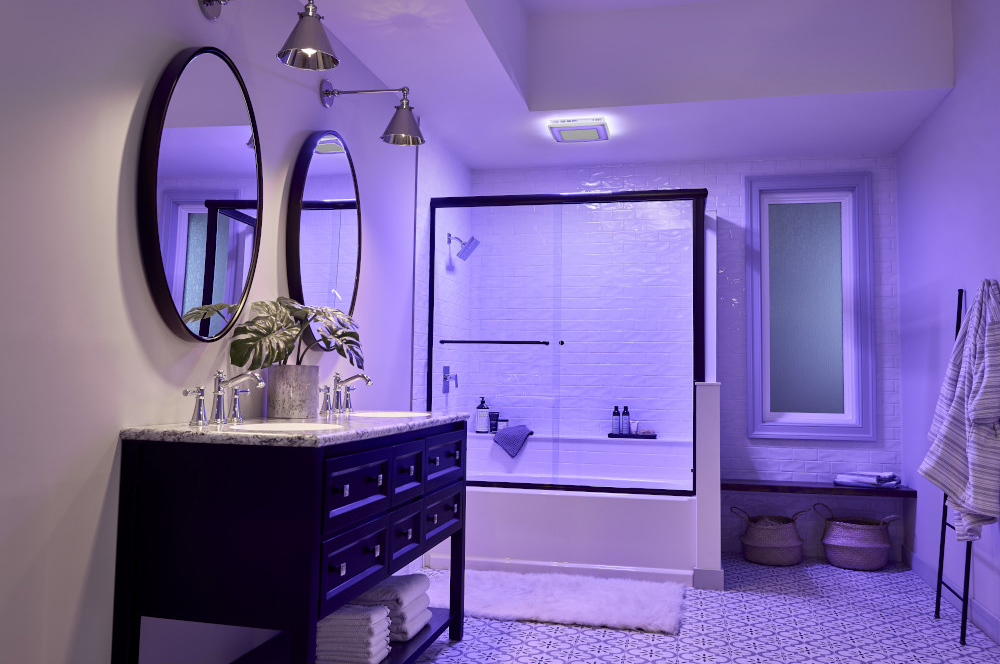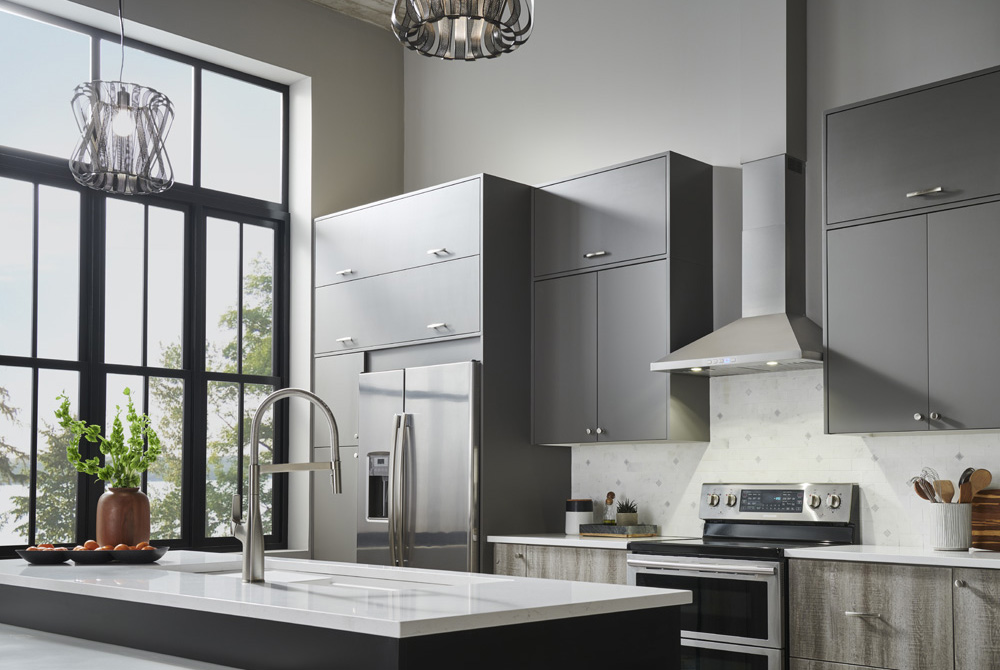3 Keys to Creating an Energy Saving, Healthy Home
October 19th, 2020 | Broan-NuTone

Look around your home and you’ll probably see the ENERGY STAR® logo on appliances in just about every room. Furnace? Yep. Refrigerator? Yup. Window air conditioner? Absolutely. Clothes dryer? For sure. TV, dishwasher, lightbulbs? All the above. Bath fan and range hood? Of course! Great! But did you know that some non-electric energy saving products and building techniques are likely part of your home too?
.jpg?width=350&height=231)
.jpg?width=350&height=234)
The answer is ventilation. There are 3 keys to creating a healthy home through ventilation:
- Make sure you install an ENERGY STAR® certified bathroom ventilation fan. This fan will get rid of excess moisture in your bathroom. It will also remove the hairspray, candle smoke, and cleaning fumes hanging around in the bathroom. Put a ventilation fan in your laundry room too. While modern washers and dryers do a good job of containing humidity, some still escapes along with excess heat. A ventilation fan can remove that moisture and heat.
- Install an ENERGY STAR® certified kitchen range hood. Range hoods remove excess moisture, heat, and more from the kitchen. Smoke, smells, VOCs, oil droplets, and cleaning chemicals can all be removed via the range hood. And many models come with bright LED lights to illuminate your cooking surface.
- Now that you’ve removed stale, polluted air you have to replace it with fresh, healthy air. Sure, you could open a window or door, but that lets in heat, cold, pollen, dust, car exhaust, and more. The best option is to bring fresh, filtered air into the home through an ENERGY STAR® certified Fresh Air System. These systems can bring air directly into the home – after passing through a filter, of course – through a strategically placed vent. This works great in temperate climates. With a Recovery Ventilator, fresh air is brought into the home and stale air is vented out via the same unit. The air streams pass by each other in the unit’s core where heat (and energy, depending on the unit) is transferred from the hot air stream to the cool, thereby cooling or heating the air coming into the home.
.png?width=225&height=230)
Photo by Joaquin Paz y Miño on Unsplash

 English
English
 English
English